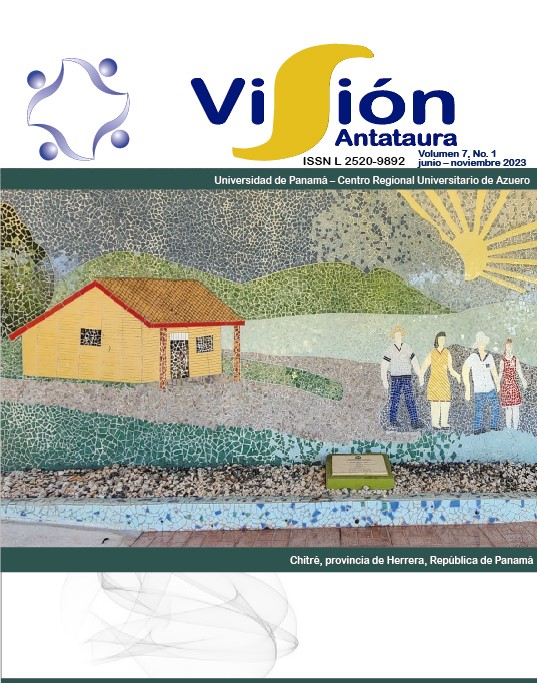

Copyright (c) 2023 Visión Antataura

This work is licensed under a Creative Commons Attribution-NonCommercial-ShareAlike 4.0 International License.
Chlamydia trachomatis, Mycoplasma hominis, and Ureaplasma urealyticum mainly colonize the genital tract and have been associated with various diseases, such as endometritis, chorioamnionitis, premature rupture of membranes, fetal death, among others. This descriptive cross-sectional study aimed to detect C. trachomatis, M. hominis and U. urealyticum in endocervical samples from women between 18 and 50 years of age, attended at the Wichub Huala Basic Health Center in Guna Yala. This center also receives patients from the surrounding areas of the islands of Nalunega, Corbisky, and Mamitupu. For detection, the methods of culture in Agar A8 and B10 broth, and polymerase chain reaction (PCR) were used. A survey was applied to the participants to obtain information on risk factors associated with these infections. As a result, 10% positive cases were obtained, distributed as follows: 6% for U. urealyticum, 2% for M. hominis, and 2% for C. trachomatis. Among the positive cases, it was observed that none used barrier contraceptive methods, had a low level of education, began their sexual life at an early age, and were between 30 and 45 years of age.